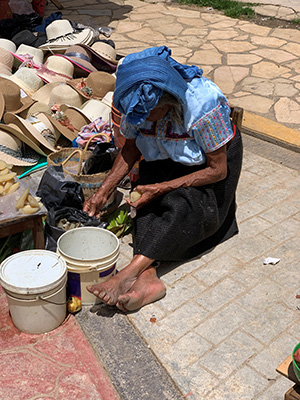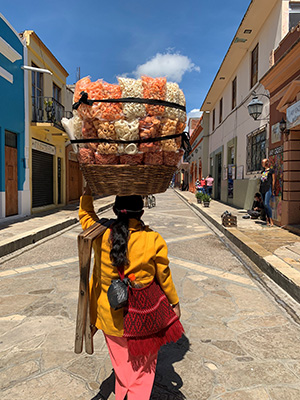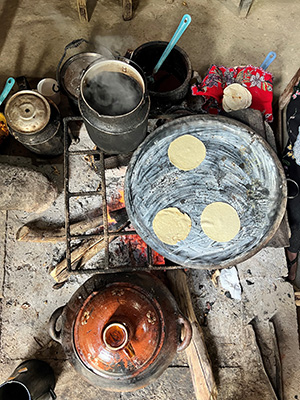Fieldwork
My fieldwork is focused on the rise of domestic, national tourism in San Cristobal de las Casas (SCLC), a “Magic Town” of the Chiapas Highlands that was until relatively recently best known as a destination for ethnic tourism by international visitors from Europe and the United States. I am interested in Mexican tourists’ feelings, expectations, and needs that have shifted the industry towards a gentrified, commercialized, leisure business, overwriting the earlier ethnic and indigenous touristic character of the city. SCLC has gone from marketing indigenous peoples for European and North American visitors, to accommodating the demands and expectation of national tourists; this, in short, I see this change not only motivated by the attractiveness perceived by Mexican tourists, but also due to Mexican pride and interest. I study Mexican’s thoughts about SCLC as “their” country’s heritage, the tourism industry’s perception of the shift in the city (i.e., hospitality workers, staff, etc.), the coletos (Mexican mestizo – mixed, born and raised in SCLC) participation in this shift, and the indigenous communities’ perceived impact due to it.
Corteza en Chamula
A lady peels yuca in San Juan Chamula’s main street, on a Sunday Market. From my first visit in August 2021.
Visiones del Guadalupano
In the andador Guadalupano, street merchants from nearby indigenous communities participate in the economy, selling their merchandise (from chucherias to textiles or ceramics) to tourists.
Luces, Cámara, ¡Tortilla!
In Zinacantán, tourists are taken to “a lady’s house” to see the textile process. Tourists are encouraged to dress up as Zinacanteco, try Pox (liquor commonly used for ceremonial purposes), see “a real house kitchen” and try their tortillas and coffee. The whole tour lasts less than 40minutes and there are over 50 people, from 4-5 different tour operators, rotating through the different staging stations.



